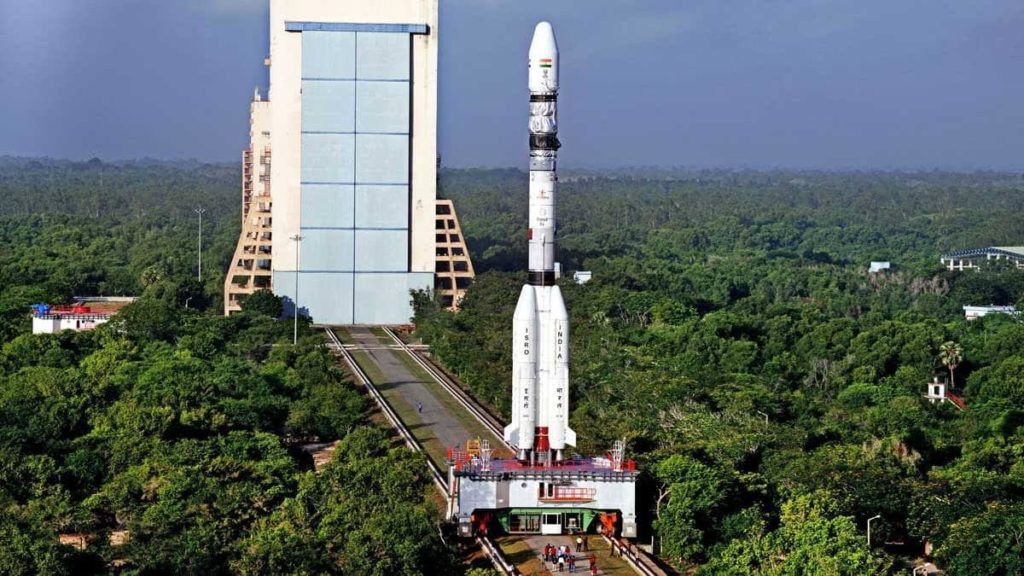India Will Conquer Moon On September 6th – Chandrayaan 2 All Set To Land On Moon This Year!

India is all set to conquer moon as on September 6th.
As per the latest statements coming in from ISRO, India’s Space Agency, we are now aware of the exact details about Chandrayaan-2, India’s 2nd lunar exploration mission.
Chandrayaan 2 Expected Landing On The Moon
ISRO has announced that Chandrayaan 2 launch will take place between July 9th and July 16th, and expected landing on the moon will happen on September 6th.
The launch vehicle will be Geosynchronous Satellite Launch Vehicle Mark III or GSLV MK-III, whose first orbital test launch took place in 2017 from Satish Dhawan Space Centre, Andhra Pradesh.
ISRO said, “All the modules are getting ready for Chandrayaan-2 launch during the window of July 09, to July 16, 2019, with an expected Moon landing on September 06, 2019.”
Earlier, we had reported that the Chandrayan 2 mission will happen in the month of April, 2019, which has now been postponed. By 2021, India plans to place astronauts in the space.
Chandrayaan 2: How Will It Work?
Chandrayaan 2 mission has three major components: the Orbiter, the Lander (Vikram) & the Rover (Pragyan). All these three components have been designed and developed in India.
As per details available, both the orbiter and the lander will be interfaced mechanically and put inside the launcher (GSLV MK-III) as an integrated module. Third component, the rover will be placed inside the lander.
Once Chandrayaan 2 reaches the moon’s orbit, lander will be separated from the orbiter, and make a soft-landing on the South Pole of the Moon. This area has been unexplored till now, and no other country has reached there.
As per Isro chairman K Sivan, as soon as the lander lands on the moon’s surface, the rover will come out of it, and ‘roll out on the lunar surface’ for 300-400 meters. It will stay there for 14 days, carrying out various scientific experiments.
What Is Chandrayaan’s Mission?
The mission is to carry out various scientific experiments on the moon’s surface, and collect data and samples.
K Sivan said, “Altogether, there will be 13 payloads in the spacecraft. Three payloads in rover Pragyan and the other 10 payloads in lander Vikram and orbiter.”
The rover has been programmed to send images and details about the samples collected within 15 minutes to the Earth.
Chandrayaan 1 was the last lunar mission of ISRO, wherein only orbiter was involved. The spacecraft took 3400 orbits around the moon, and sent hundreds of images back to the Earth. On August 29th, 2009, it lost communications signals, but not before operating for 312 days.
All eyes are now set on Chandrayaan 2 mission, which will be easily ISRO’s biggest, and most ambitious project till date.

Comments are closed, but trackbacks and pingbacks are open.